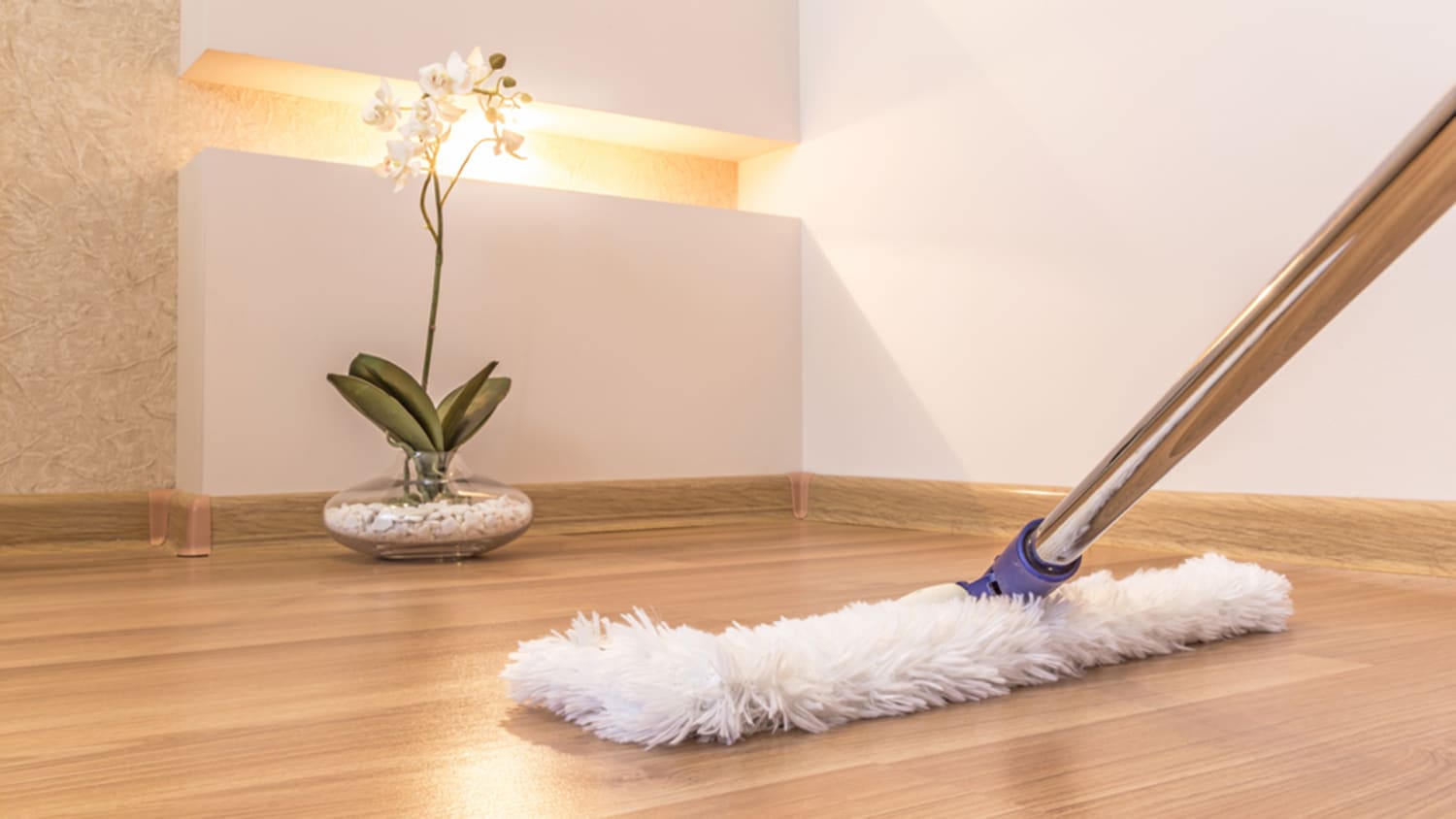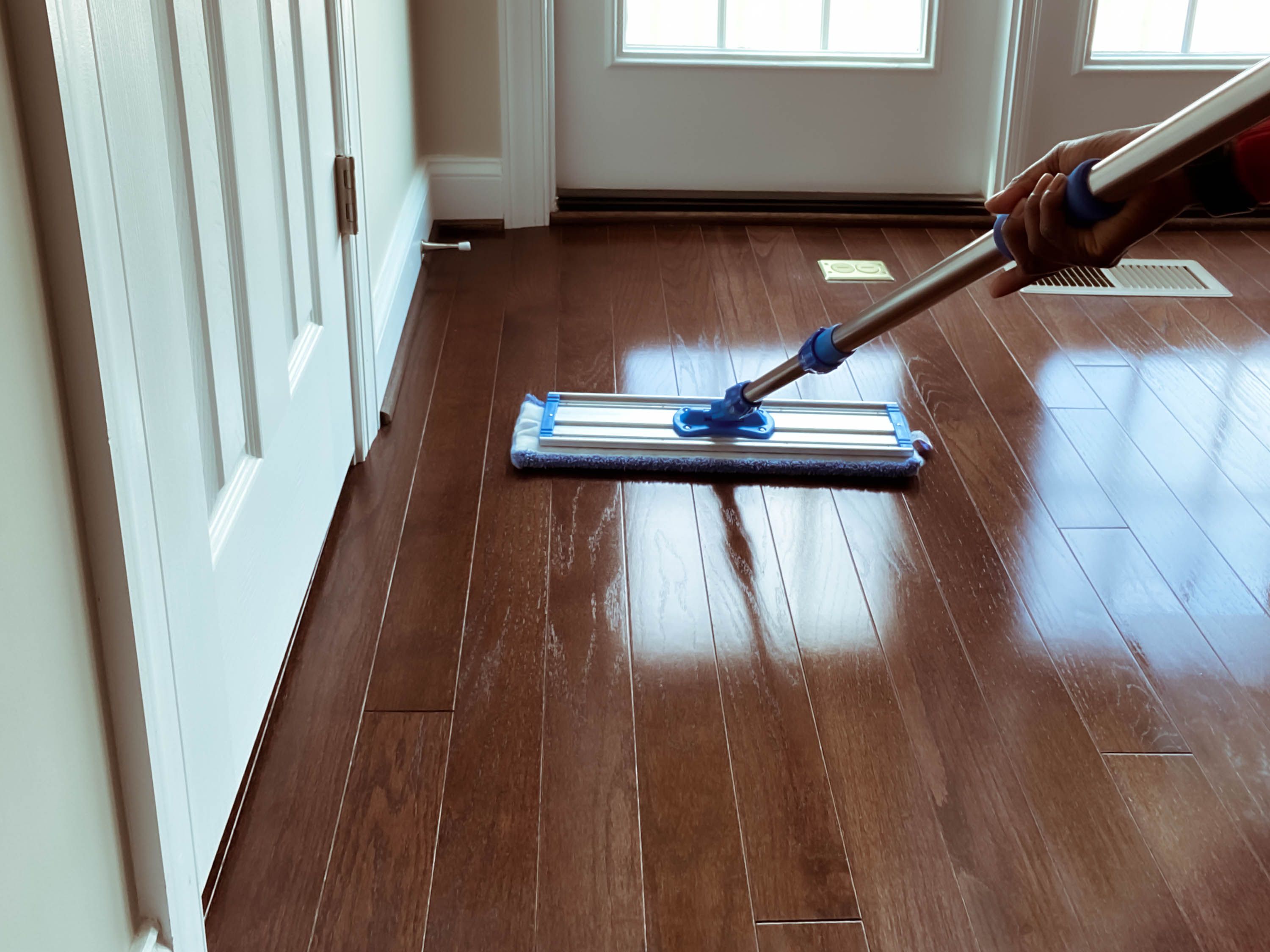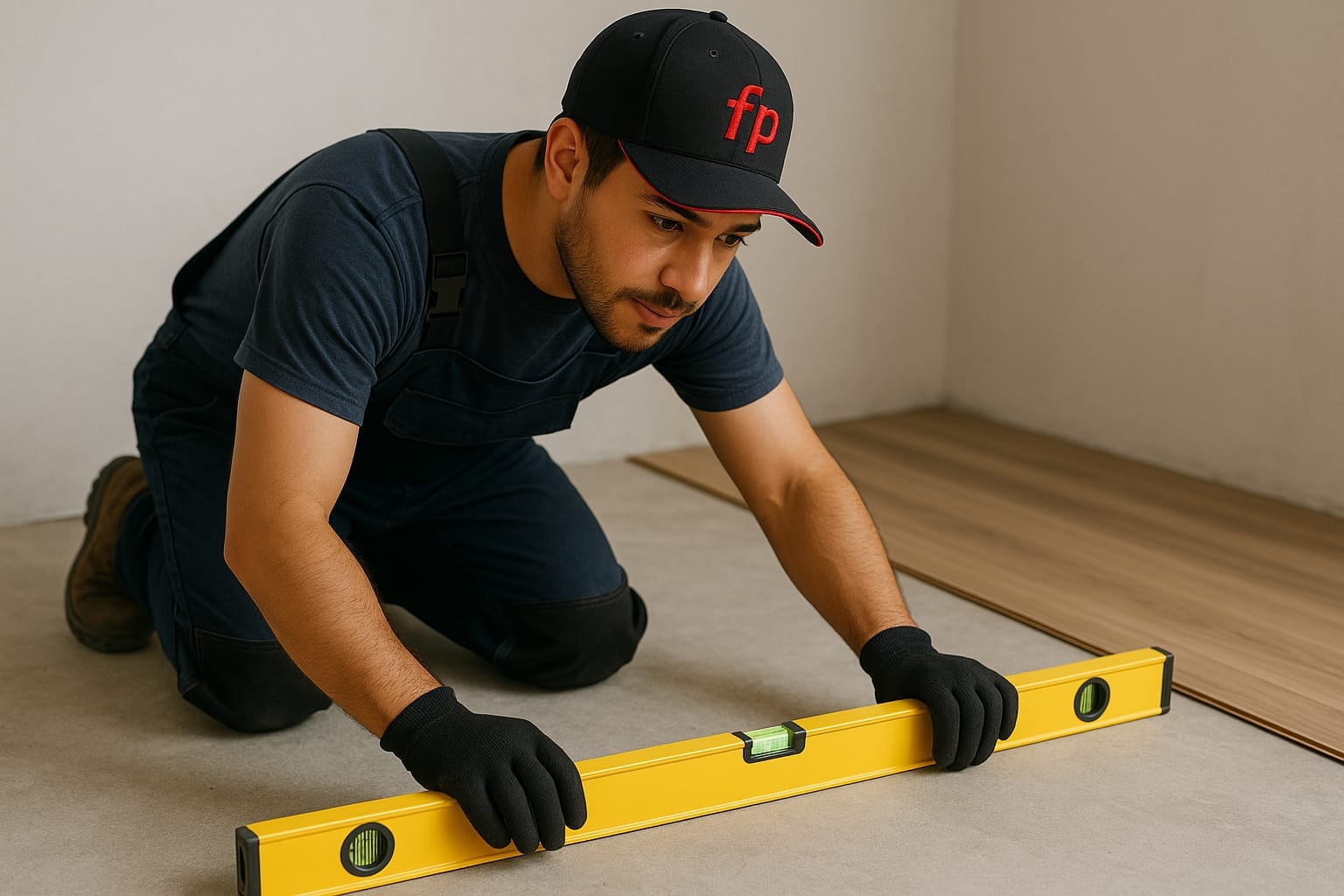
Regularly sweep and use a recommended hardwood cleaner to care for hardwood floors. Avoid excessive water and harsh chemicals to prevent damage.
Hardwood floors are a timeless and elegant feature in any home, adding warmth and character to your living spaces. Proper maintenance ensures their longevity and keeps them looking their best. It involves regular cleaning, protection from scratches, and the right approach to spills and stains.
By understanding the specific needs of your hardwood flooring, you can maintain its lustre and prevent premature wear. Whether you’re dealing with solid wood’s natural beauty or engineered planks’ durability, a simple and consistent care routine is the key to preserving your floors’ appeal.

Shiny, well-maintained hardwood floors can transform any room into a warm and inviting space. Proper care ensures these floors last for decades. This introduction provides essential tips and practices to keep hardwood floors looking their best.
Maintaining hardwood floors is crucial. It protects from damage, maintains value, and keeps them looking fresh. Regular cleaning and immediate spill cleanups prevent long-term issues.
Hardwood floors come in various types, each with unique care needs. Solid hardwood requires different maintenance than engineered wood. Below, find tailored care tips for each kind.
:strip_icc()/homekeeping-house-cleaning-surface-how-to-clean-hardwood-floors-042-9ebd927d759e4e6fbe4c6e473587dfb1.jpg)
Credit: www.bhg.com
Introduction to Daily Cleaning Strategies
Shiny hardwood floors make any home look beautiful. To keep them sparkling, daily cleaning is key. Without the right care, dirt and grit can scratch the wood. Let’s dive into simple daily cleaning strategies that will keep your floors looking their best.
Dry mopping is gentle and effective for daily use. Follow these steps:
To keep dust away, use these best practices:
Remember, gentle care every day keeps your hardwood floors in top shape.
Weekly deep cleaning is vital to maintain the elegance and durability of your hardwood floors. While daily sweeping removes surface debris, a weekly regimen tackles tougher dirt and grime. This routine not only keeps floors looking pristine but also prolongs their life. Let’s explore the tools and methods that ensure your wood floors receive the best care.
Vacuums designed for wood floors are gentle yet effective. They prevent scratches and include features such as:
Opt for a vacuum with a setting specifically for hardwood. It prevents damage and ensures that your floors stay scratch-free.
Microfiber mops are gentle on wood surfaces. They trap dirt and pair well with hardwood-safe cleaners. Remember the following:
A proper microfiber mop and cleaner combo can work wonders, leaving your floors clean without residue.
Shiny hardwood floors make any room feel more spacious and elegant. Yet, there’s an ongoing debate about the best way to keep them clean. Should you mop with water or not? This question divides many homeowners. Let’s explore the risks and alternatives to traditional wet mopping.
Water and wood are not the best of friends. Excessive moisture can seep into hardwood, causing damage. Here are some risks:
It’s best to avoid the risks of wet mopping. Consider these safer alternatives:
Hardwood floors radiate warmth and beauty in a home but require special attention when it comes to spills and stains. A quick response can mean the difference between a simple clean-up and a permanent blemish. Let’s dive into the world of spot and spill management for your cherished hardwood floors.
Time is of the essence when dealing with spills. Act fast to prevent moisture from seeping into the wood and causing damage. Here’s what to do:
For water spills, use a soft towel to soak up moisture. Place a fan nearby to air-dry the spot quickly.
Different stains require unique approaches. Below are tips for tackling common offenders:
| Stain Type | Cleaning Method |
|---|---|
| Food | Gently scrape away with a plastic putty knife, then wipe with a damp cloth. |
| Oil or Grease | Apply baking soda on the spot, leave for 15 minutes, then sweep off. |
| Watermarks | Lightly sand the area, use a damp cloth, and then reapply finish. |
| Urine Stains | Clean with a solution of white vinegar and water, then rinse with a damp cloth. |
For ink or marker stains, rubbing alcohol can be effective. Dab it on the stain with a cotton ball and wipe clean.
Always test any cleaning method on an inconspicuous spot first to ensure it doesn’t damage the finish.
Hardwood floors bring a timeless beauty to any home. They add warmth, character, and value. But, they also need special care to keep them looking their best. One of the most important aspects is protecting them from damage. Scratches, dents, and the wear-and-tear of daily life can take a toll. Let’s explore how to keep your floors safe and stunning for years to come.
One simple way to protect your floors is to use furniture pads. These small investments can save you big on floor repairs. Here’s how:
By distributing weight more evenly, pads prevent dents and scratches on your precious hardwood.
Rugs and mats are not just for decor. They also play a crucial role in protecting hardwood floors.
Here’s why they’re a smart choice:
| Location | Purpose | Benefits |
|---|---|---|
| Entrances | Catch dirt and debris | Prevents scratches |
| High Traffic Areas | Reduce wear | Extends floor life |
| Under Furniture | Prevent dents | Keeps floors looking new |
Choose rugs with a natural backing to avoid discoloration. Make sure to clean under them regularly to prevent trapped dirt from scratching the wood.
Over time, hardwood floors can lose their shine and show signs of wear. However, there’s no need to fret. With the right restoration techniques, it’s possible to bring back their original luster. From revitalizing worn surfaces to repairing scratches, this guide will cover essential methods to care for your hardwood floors.
Reviving tired hardwood is a game-changer for any room. Start by cleaning the floor thoroughly. Then, choose a quality wood floor restorer. Apply it following the manufacturer’s instructions. This simple process can enhance the floor’s shine without the need for sanding.
Scratches can make floors look old and dull. To repair minor scratches, use a wood filler or a repair kit that matches your floor’s color. For deeper scratches, sanding may be necessary. If the damage is extensive, consider refinishing the entire floor. This involves sanding the floor down to bare wood, then applying a new finish coat.
| Type of Scratch | Repair Method |
|---|---|
| Minor | Wood filler or repair kit |
| Deep | Sanding and refinishing |
Remember, regular maintenance can prevent the need for more intensive restorations. Protect your investment and keep your floors looking beautiful for years to come.
Keeping your hardwood floors in top condition is essential for their longevity and beauty. Seasonal and long-term maintenance are key to preserving the life of your floors. With the right care, your floors can look stunning year-round and for years to come.
Seasonal cleaning helps protect your floors from wear and tear. Follow these tips every few months:
Remember to vacuum or sweep weekly. Use a microfiber mop and a cleaner designed for hardwood.
Applying a new coat of finish is crucial for long-term protection. Check your floors annually for signs of wear. Look for dullness or scratches. If you notice these signs:
With proper care, your floors will stay beautiful and durable for many years.
Your hardwood floors are an investment that deserves the utmost care. Selecting the right cleaning products is crucial to maintain their luster and longevity. With a myriad of options available, it’s easy to feel overwhelmed. Below, we break down the essentials for keeping your floors in pristine condition.
There’s a debate between homemade solutions and store-bought cleaners.
Each has its merits:
| DIY Cleaners | Commercial Cleaners |
|---|---|
|
|
For DIY enthusiasts, a simple mix of vinegar and water can work wonders. Yet, commercial products often offer advanced protection and shine.
Not all cleaning agents are safe for hardwood floors. Beware of these substances:
Always opt for ph-neutral cleaners specifically designed for hardwood. They ensure a gentle yet effective clean.
Hardwood floors elevate the beauty of any home but require special attention to keep them in top shape. While regular sweeping and mopping are essential, sometimes you need to bring in the professionals. This section delves into when to seek expert help and the costs involved in preserving your elegant hardwood flooring.
Your floors speak volumes about your home. Here are telltale signs you need a professional touch:
Investing in professional hardwood care can save you money in the long run.
Consider these points:
| Service | Cost Estimate | Frequency |
|---|---|---|
| Deep Cleaning | $0.50 – $1.50 per sq. ft. | Annually |
| Repair | $2 – $8 per sq. ft. | As needed |
| Refinishing | $3 – $8 per sq. ft. | Every 7-10 years |
Remember, the size of your space and floor’s condition play a role in cost. Always get multiple quotes and read reviews before choosing a professional.
Caring for hardwood floors can be simple with the right knowledge. Yet, many myths confuse homeowners. Let’s debunk common misconceptions and ensure your floors shine!
Steam cleaning misconceptions
Steam cleaning is a no-go for hardwood floors. Despite popular belief, the heat and moisture can damage wood. This method can cause warping and strip the finish. Stick to gentle, dry methods for cleaning.
Vinegar solutions: Helpful or harmful?
Many think vinegar is a safe cleaner for hardwood floors. Not true! Over time, vinegar can deteriorate the protective finish. Instead, use cleaners specifically designed for hardwood. Your floors will thank you.
Welcome to our Hardwood Floor Care FAQs section, where we address common questions and provide expert advice to maintain the beauty and longevity of your hardwood floors. Let’s dive into some of the most frequently asked questions and ensure your floors stay in top condition!
Choosing the right cleaning agent is crucial for hardwood floor care. It keeps your floors looking new and shiny. Use cleaners specifically designed for hardwood. Avoid harsh chemicals that can damage the wood’s surface. Here’s a list of recommended cleaning agents:
Never use vinegar, ammonia, or abrasive cleaners. They can strip the finish off your floors and cause damage.
Deep cleaning your hardwood floors depends on the level of traffic and use.
Here’s a simple guide:
| Area | Cleaning Frequency |
|---|---|
| High-traffic areas (kitchen, hallway) | Weekly |
| Medium-traffic areas (living room) | Every two weeks |
| Low-traffic areas (bedrooms) | Monthly |
Use a soft-bristle brush or microfiber mop for deep cleaning. Always follow the manufacturer’s instructions for the best results.

Credit: www.goodhousekeeping.com
The best thing to clean hardwood floors with is a microfiber mop and a cleaner specifically formulated for hardwood floors.
Regularly sweep or dry mop to remove dust. Use a hardwood-specific cleaner for weekly mopping. Avoid excess water and harsh chemicals to maintain shine. Protect floors with felt pads under furniture and rugs in high-traffic areas. Keep floors dry and promptly clean up spills.
Mop wooden floors once a week in high-traffic areas and monthly in less-used spaces.
Mopping wood floors with water is not recommended; use a hardwood-safe cleaner and microfiber mop instead.
Caring for hardwood floors is simple with the right approach. Keep your floors gleaming by sweeping and mopping regularly. Use the appropriate cleaners and avoid excessive water. Remember, a little maintenance goes a long way in preserving the beauty of your hardwood floors.
Protect your investment and enjoy the timeless elegance they bring to your home.



Feel free to visit our flooring store at any time or call with any questions you may have. For quality affordable flooring Augusta GA, choose us!